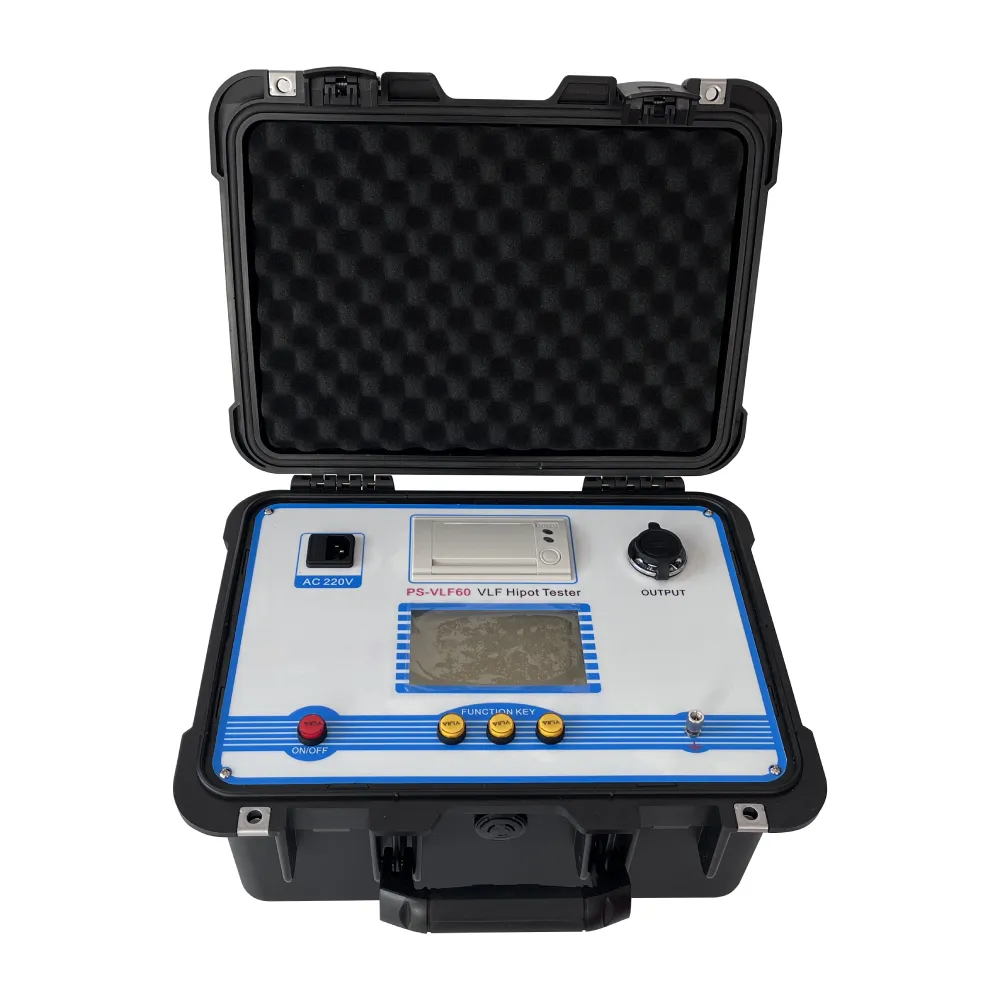 English
English



-
 Afrikaans
Afrikaans -
 Albanian
Albanian -
 Amharic
Amharic -
 Arabic
Arabic -
 Armenian
Armenian -
 Azerbaijani
Azerbaijani -
 Basque
Basque -
 Belarusian
Belarusian -
 Bengali
Bengali -
 Bosnian
Bosnian -
 Bulgarian
Bulgarian -
 Catalan
Catalan -
 Cebuano
Cebuano -
 China
China -
 China (Taiwan)
China (Taiwan) -
 Corsican
Corsican -
 Croatian
Croatian -
 Czech
Czech -
 Danish
Danish -
 Dutch
Dutch -
 English
English -
 Esperanto
Esperanto -
 Estonian
Estonian -
 Finnish
Finnish -
 French
French -
 Frisian
Frisian -
 Galician
Galician -
 Georgian
Georgian -
 German
German -
 Greek
Greek -
 Gujarati
Gujarati -
 Haitian Creole
Haitian Creole -
 hausa
hausa -
 hawaiian
hawaiian -
 Hebrew
Hebrew -
 Hindi
Hindi -
 Miao
Miao -
 Hungarian
Hungarian -
 Icelandic
Icelandic -
 igbo
igbo -
 Indonesian
Indonesian -
 irish
irish -
 Italian
Italian -
 Japanese
Japanese -
 Javanese
Javanese -
 Kannada
Kannada -
 kazakh
kazakh -
 Khmer
Khmer -
 Rwandese
Rwandese -
 Korean
Korean -
 Kurdish
Kurdish -
 Kyrgyz
Kyrgyz -
 Lao
Lao -
 Latin
Latin -
 Latvian
Latvian -
 Lithuanian
Lithuanian -
 Luxembourgish
Luxembourgish -
 Macedonian
Macedonian -
 Malgashi
Malgashi -
 Malay
Malay -
 Malayalam
Malayalam -
 Maltese
Maltese -
 Maori
Maori -
 Marathi
Marathi -
 Mongolian
Mongolian -
 Myanmar
Myanmar -
 Nepali
Nepali -
 Norwegian
Norwegian -
 Norwegian
Norwegian -
 Occitan
Occitan -
 Pashto
Pashto -
 Persian
Persian -
 Polish
Polish -
 Portuguese
Portuguese -
 Punjabi
Punjabi -
 Romanian
Romanian -
 Russian
Russian -
 Samoan
Samoan -
 Scottish Gaelic
Scottish Gaelic -
 Serbian
Serbian -
 Sesotho
Sesotho -
 Shona
Shona -
 Sindhi
Sindhi -
 Sinhala
Sinhala -
 Slovak
Slovak -
 Slovenian
Slovenian -
 Somali
Somali -
 Spanish
Spanish -
 Sundanese
Sundanese -
 Swahili
Swahili -
 Swedish
Swedish -
 Tagalog
Tagalog -
 Tajik
Tajik -
 Tamil
Tamil -
 Tatar
Tatar -
 Telugu
Telugu -
 Thai
Thai -
 Turkish
Turkish -
 Turkmen
Turkmen -
 Ukrainian
Ukrainian -
 Urdu
Urdu -
 Uighur
Uighur -
 Uzbek
Uzbek -
 Vietnamese
Vietnamese -
 Welsh
Welsh -
 Bantu
Bantu -
 Yiddish
Yiddish -
 Yoruba
Yoruba -
 Zulu
Zulu
Testing and Commissioning Procedures for Electrical Transformers in Industrial Applications
Commissioning Test of Transformers
The commissioning test of transformers is a crucial procedure in the electrical engineering field that ensures a transformer operates efficiently, safely, and according to specified standards before it is put into service. These tests are essential for verifying the integrity and performance of electrical transformers, which are critical components in power distribution systems.
Importance of Commissioning Tests
Transformers serve as the backbone of electrical networks, facilitating the transmission and distribution of electric power over long distances. They step up or step down voltage levels, enabling efficient power delivery. However, improper installation or functional deficiencies can lead to catastrophic failures, economic losses, and safety hazards. Therefore, commissioning tests are pivotal not only for confirming operational reliability but also for safeguarding people and assets.
Procedure of Commissioning Tests
The commissioning of transformers typically involves several systematic tests, which are categorized into electrical, mechanical, thermal, and endurance tests.
1. Visual Inspection Before conducting any tests, a thorough visual inspection is performed. This examination checks for physical damages, proper grounding, and the integrity of connections and insulation materials. Any apparent issue must be rectified before proceeding further.
2. Insulation Resistance Test This test evaluates the quality and effectiveness of the insulation material. By applying a high DC voltage between the windings and ground, technicians can measure the resistance. High resistance values indicate good insulation quality, while low values suggest potential insulation failure.
3. Turns Ratio Test This test ensures that the transformer operates at the designed voltage levels. By measuring the turns ratio between the primary and secondary winding, engineers confirm that it meets the manufacturer's specifications.
commissioning test of transformer

4. Power Factor Test The power factor is crucial for assessing the dielectric losses in the transformer’s insulation. This test involves applying a voltage to measure the current and determine the power factor, providing insights into insulation quality.
5. Swept Frequency Response Analysis This advanced test helps to identify mechanical and electrical issues within the transformer's core and windings. It analyzes how different frequencies are transmitted and can pinpoint faults that may not be apparent through other tests.
6. Temperature Rise Test Conducted by powering the transformer under controlled conditions, this test evaluates the thermal performance. It ensures that the transformer does not exceed specified temperature limits during normal operation.
7. Short-Circuit and Open-Circuit Tests These tests are performed to measure the transformer's parameters, such as efficiency and voltage regulation, under different load conditions. They simulate real-world scenarios to verify the transformer's operational capabilities.
Documentation and Analysis
Once the commissioning tests are completed, detailed records of each test's results are compiled. This documentation is critical for future reference, maintenance, and troubleshooting. Analyzing these results allows engineers to verify that the transformer meets all necessary standards and specifications.
Conclusion
The commissioning test of transformers is an indispensable phase in the lifecycle of electrical equipment. It not only validates the performance characteristics of transformers but also ensures their reliability and safety in operating conditions. Adhering to rigorous testing protocols not only helps in preventing failures but also extends the lifespan of the transformer, ultimately contributing to the stability and efficiency of the power distribution network. As technology evolves, commissioning tests are becoming more sophisticated, incorporating advanced diagnostic techniques that enhance the reliability of transformers while ensuring they operate within safe parameters.
-
Testing Equipment Industry Sees Major Advancements in 2025: Smart & Precision Technologies Lead the WayNewsJun.06,2025
-
Applications of Direct Current Generators in Renewable Energy SystemsNewsJun.05,2025
-
Hipot Tester Calibration and Accuracy GuidelinesNewsJun.05,2025
-
Digital Circuit Breaker Analyzer Features and BenefitsNewsJun.05,2025
-
Benefits of Real-Time Power Quality Monitoring Devices for Industrial EfficiencyNewsJun.05,2025
-
Earth Fault Loop Testing in High-Rise Building Electrical SystemsNewsJun.05,2025



